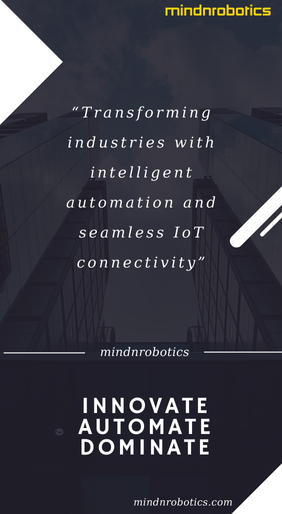As Malaysia’s urban areas continue to expand, they face numerous obstacles in terms of urban planning and management. Under the smart city concept, advanced technologies are employed to tackle issues such as traffic congestion, pollution, and housing shortages, and generally create a more sustainable urban environment.

SAS Malaysia.
In line with Malaysia’s proactive efforts to promote smart city initiatives, the country has already implemented smart city frameworks in Iskandar Malaysia and Kuala Lumpur. One example is the Iskandar Malaysia Bus Rapid Transit (BRT), a system that is projected to commence operations by 2025.
This modern public transportation system is envisioned to alleviate traffic congestion, reduce reliance on private vehicles, and improve the overall mobility experience for residents and visitors alike.
Another smart city initiative is the Iskandar Malaysia Urban Observatory (IMUO). As a data collection and analysis platform, the IMUO gathers various information concerning the city’s infrastructure, environment, and socio-economic aspects to derive insights that will be used for decision-making by urban planners and government bodies.
The Smart City Iskandar Malaysia framework highlights the key aspects that define a smart city, encompassing the likes of an open data culture in government, a technology-proficient population, a reliable Internet infrastructure, people-centric mobility systems, and a low-carbon environment.
While the scope of a smart city under this definition might seem overwhelming, at the core lies data as the essential element.
City and regional governments have access to vast amounts of data, collected from various sources. While its collection and storage may present challenges, governments must recognise the potential data holds to enhance the lives of their citizens significantly.
Properly utilising this data is the key to unlocking its true value and driving meaningful improvements in areas such as public services, infrastructure, and community development.
With the right tools and strategies in place, governments can tap into the wealth of data available to make informed decisions and shape policies that align with the needs and aspirations of their communities.
This data-driven approach allows for a more connected and empowered society, where decisions are based on evidence and insights derived from comprehensive data analysis.
Jakarta, in neighbouring Indonesia, provides an example of how data is indispensable for smart cities.
The city’s government developed the JAKI app as a ‘one-stop digital platform’ for multiple government services.
Through the development and integration of a SAS analytics platform with the app, millions of data points were standardised and integrated into JAKI.
This new system now plays a crucial role in preventing fraud by utilising a streamlined database that enables public servants to verify eligibility for social programs quickly.
This ensures that resources are allocated to those who truly need them.
Another significant application of analytics in the context of JAKI is the former’s capacity to build models that predict and mitigate flooding. The city government can respond to flooding incidents more swiftly, minimising the damage caused to lives, properties, and businesses.
As the significance of artificial intelligence (AI) and data analytics within the smart city ecosystem increases, so too does the threat posed by cyber criminals.
Governments have massive amounts of data, including classified government information and personally identifiable information (PII).
Generative adversarial networks (GANs), which create synthetic data to mask real data being fed into AI models to counter such threats, are already being deployed by advanced analytics platforms.
The emergence of LLMs is another development which holds great potential for smart city technologies. The ability of these models to generate conversational language can enhance the user accessibility of applications such as JAKI. At the same time, its ability to analyse massive amounts of text in a short period of time can help derive insights from data faster.
To take smart city attributes to new heights, embracing the capabilities of data-driven technologies is essential.
The success of JAKI and the emphasis placed by local policymakers on initiatives like the IMUO underline the significance of collecting, analysing, and utilising data to shape and enhance urban environments.
While historical data enables predictive analytics and empowers governments to tackle challenges proactively, real-time data and decision-making are crucial for responding to emergencies.
Therefore, having access to real-time data plays a vital role in automating smart city technologies and facilitating real-time decision-making by AI systems.
Advanced data analytics tools are indispensable to fully exploit the immense value of the government’s extensive data, which originates from various sources and encompasses diverse types.
Without a complete view of their data, the impact of decision-makers, automated systems, and smart city solutions cannot reach its full potential.






